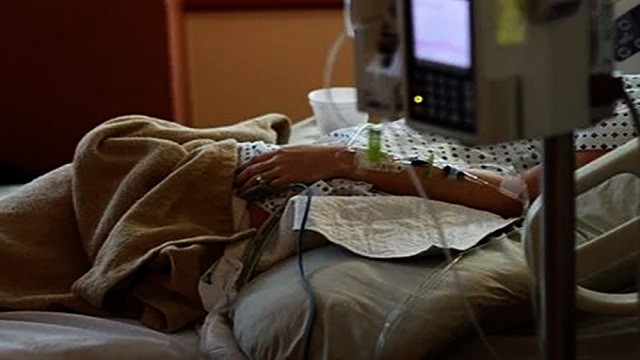London: Treating hospitalised Covid-19 patients who have acute respiratory failure with continuous positive airway pressure (CPAP) can help reduce the need for invasive mechanical ventilation, suggests a study.
The study, led by Queen’s University Belfast and the University of Warwick, involved over 1200 participants from across 48 UK hospitals and compared the use of CPAP — oxygen and positive pressure delivered via a tightly fitting mask — with high flow nasal oxygenation (HFNO) — high pressure oxygen delivered up the nose — against standard care.
The results showed that one person would avoid needing invasive ventilation within the ICU for every 12 people treated with CPAP instead of standard oxygen therapy.
The data also suggests that the routine use of HFNO, which can consume large amounts of oxygen, should be reconsidered as it did not improve outcomes for Covid-19 patients compared with conventional oxygen therapy.
During the Covid pandemic, a large number of patients required high levels of oxygen and admission to ICU for invasive ventilation, causing a huge strain on hospital staff and beds.
“The results of this trial are really encouraging as they have shown that by using CPAP, invasive ventilation may not be needed for many patients with Covid-19 requiring high oxygen levels. Avoiding invasive ventilation is not only better for the patients, but it also has important resource implications as it frees up ICU capacity,” said Professor Danny McAuley, Professor at the Royal Victoria Hospital and Queen’s University.
The study showed that the likelihood of patients going on to require invasive mechanical ventilation or die within 30-days of treatment was significantly lower in those who were treated with CPAP, than those who received standard care.
In the CPAP group, 137 of 377 participants (36.3 per cent) either needed mechanical ventilation or died within 30 days, compared with 158 of 356 participants (44.4 per cent) in the conventional oxygen therapy group.
There was no difference in primary outcomes between patients in the HFNO and conventional oxygen therapy groups. In the HFNO group, 184 of 414 participants (44.4 per cent) went on to require mechanical ventilation or die, compared with 166 of 368 participants (45.1 per cent) in the conventional oxygen therapy group.




 Kalinga AI
Kalinga AI